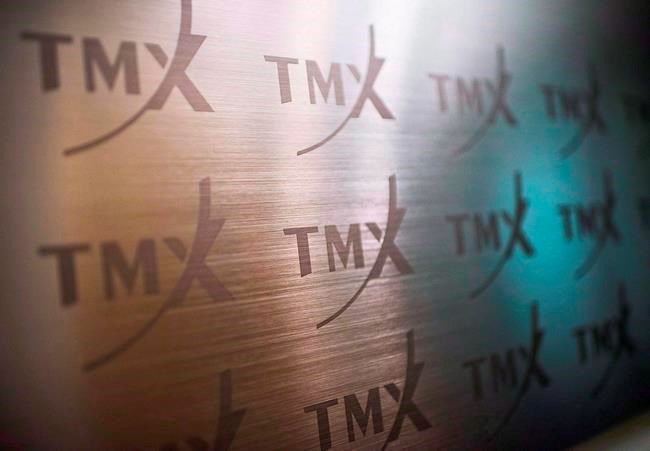TORONTO — North American stock markets moved lower Thursday after the U.S. Senate failed to approve a scaled back fiscal stimulus package.
The technology sector led the declines, reversing a one-day rally on Wednesday, as investors pocketed profits amid nervousness about the economic recovery.
Markets were "whipsawed," falling in afternoon trading after posting early gains, said Candice Bangsund, portfolio manager for Fiera Capital.
She said the catalyst was likely the fading prospect of another fiscal package before the Nov. 3 U.S. presidential election.
"Investors are awaiting that additional fiscal stimulus from U.S. policy-makers who have been unable to come to a compromise and that's weighing on sentiment," she said in an interview.
The sell-off became self-fulfilling by worried investors, Bangsund said.
"Given that we've seen such a strong rally and then, of course, that sharp sell-off last week that began in the tech space, I think the sentiment is just a little bit nervous so you're getting a little more of an erratic behaviour in markets."
The S&P/TSX composite index closed down 198.28 points or 1.2 per cent to 16,185.32.
In New York, the Dow Jones industrial average lost 405.89 points at 27,534.58. The S&P 500 index dropped 59.77 points at 3,339.19, while the Nasdaq composite was down 221.97 points or two per cent at 10,919.59.
Technology has been vulnerable to a pullback after a strong rally left the sector "over-owned, overbought and overvalued," said Bangsund.
She said the TSX outperformed U.S. markets because Canada's technology sector is smaller and the overall market is less impacted by the tech-led decline.
Technology lost 1.9 per cent as all but two companies were lower.
Lightspeed POS Inc. was one exception. Its shares climbed 2.6 per cent a day after the Montreal-based retail payment technology firm announced an initial public offering of its voting shares in the United States and a listing on the New York Stock Exchange.
Bangsund said markets were also pressured by a rise in COVID-19 cases in Europe.
Disappointing jobless numbers in the U.S. likely didn't have an impact, she noted.
The number of first-time filers for unemployment benefits was 884,000 last week, slightly worse than the 850,000 forecast by economists.
The trend has been improving with claims dipping below one million last week, but the employment recovery is expected to be slow.
The Canadian dollar traded for 75.98 cents US compared with 75.91 cents US on Wednesday.
All 11 major sectors on the TSX were down, led by energy and technology.
Energy dropped 2.2 per cent with several producers seeing their shares fall. Enerplus Corp. was down 8.5 per cent and Vermilion Energy Inc. down 7.2 per cent.
The October crude contract was down 75 cents at US$37.30 per barrel and the October natural gas contract was down 8.3 cents at US$2.32 per mmBTU.
Oil prices fell on a surprise increase in U.S. inventories when the forecast was for declines.
The important materials sector lost 1.2 per cent despite higher gold prices.
The December gold contract was up US$9.40 at US$1,964.30 an ounce and the December copper contract was down 5.3 cents at nearly US$3.00 a pound.
Bangsund predicts increased volatility ahead of the November presidential vote and a potential second wave of COVID-19 injections that could prompt investors "take a step back to assess the macroeconomic environment."
"Obviously we'll be watching closely for the virus headlines and probably most importantly the next few months leading up to the U.S. election could spark some periodic bouts of volatility, although we expect these to be fairly short-lived in nature."
This report by The Canadian Press was first published Sept. 10, 2020.
Companies in this story: (TSX:ERF, TSX:VET, TSX:LSPD, TSX:GSPTSE, TSX:CADUSD=X)
Ross Marowits, The Canadian Press



